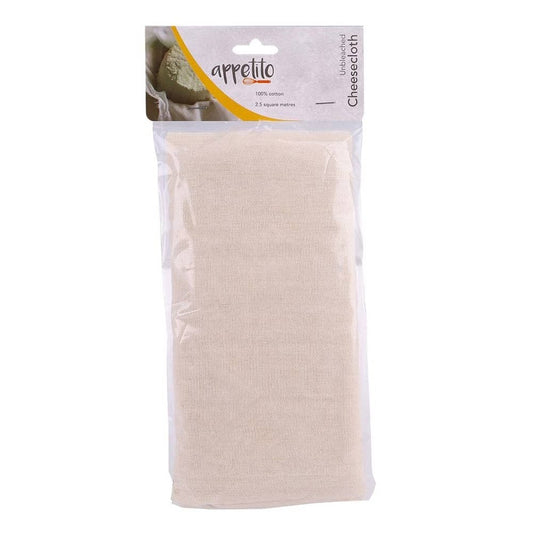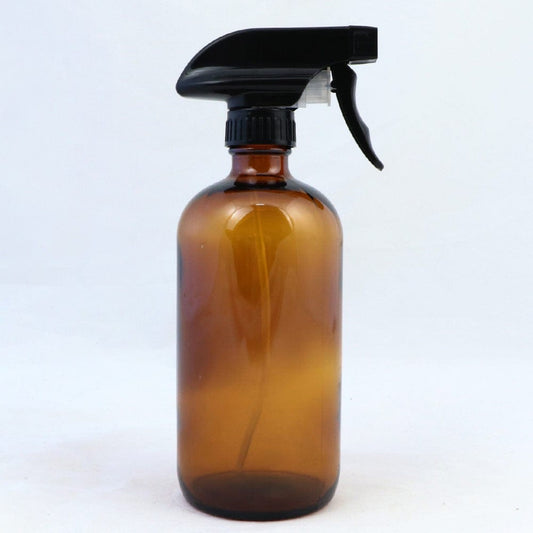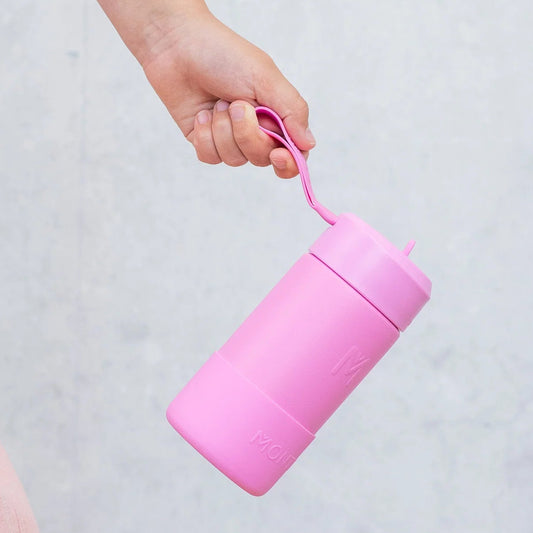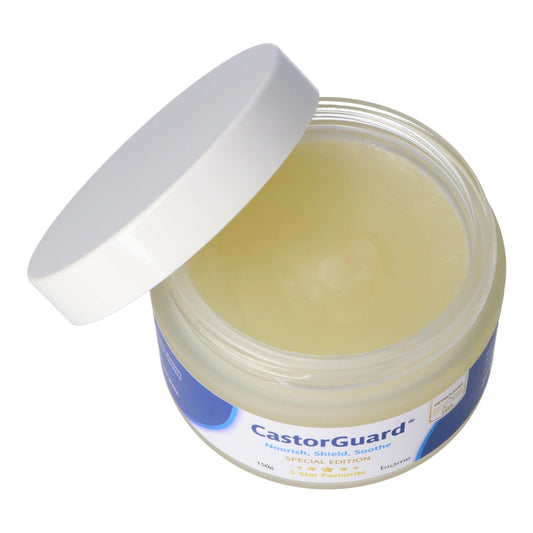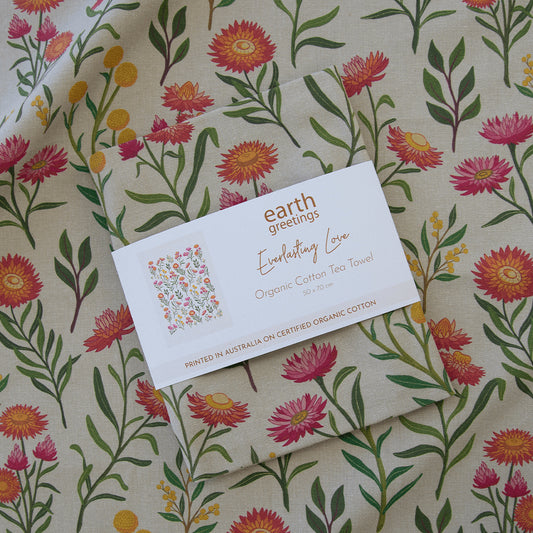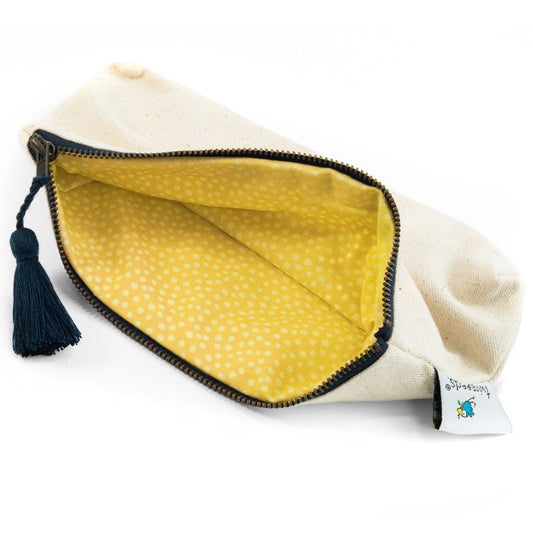Apple cider vinegar is a popular staple in many kitchens and medicine cabinets due to its many uses from natural remedy to preserving food, improving digestion, and cleaning your home! But, did you know you can make your own in a few simple steps?

Photo credit: Farmers Almanac.
Apple cider vinegar (or ACV) has been used for thousands of years, dating back to ancient civilisations. In fact, the father of modern medicine, Hippocrates, is said to have used apple cider vinegar as a healing elixir in ancient Greece.
But it can be expensive, and imported from overseas such as Bragg's, which is shipped all the way from USA to Australia. That seems unnecessary when it is just fermented apple juice.
Let us step you through this simple recipe to make your own at home -- and then share some of the many ways you can use it.
Apple cider vinegar is fermented and is a type of fermentation called acetic acid fermentation (acetous fermentation). Incredibly, no starter or mother is needed for this wild fermented apple cider vinegar recipe.
Recipe for How to Make Your Own Apple Cider Vinegar
Ingredients:
- 4 - 5 washed apples - any kind, including apple scraps.
- Filtered water
- Sugar
Method:
- Place cut up apple pieces into a clean glass jar or ceramic crock. Cover the apple completely with water. Add a small amount of sugar to kickstart the fermentation process.
- Cover the container with a clean, breathable cheese cloth and secure with a rubber band. This allows it to breathe, while keeping out bugs.
- Place in a warm, dark location for about 3-4 weeks. Stir once per day.
- Strain out the apple pieces using a fine mesh strainer or several layers of cheesecloth. The remaining liquid is your precious apple cider vinegar!
- Return the liquid to the container, cover it again with the cloth, and allow it to ferment for another 2 weeks, stirring occasionally. Skim off any scum forming on top and discard.
- Taste the vinegar after 2 weeks to determine if it's ready. It should have a tangy, sour taste and a distinct vinegar smell. If you prefer a stronger vinegar, you can let it ferment for a longer period of time. Stir every few days. During this time, a solid film may form on the surface. This is the vinegar “mother”, which adds to the vinegar's healthful qualities.
- Strain off the mother and store in a clean glass jar or bottle with a tight-fitting lid. Store in the refrigerator for up to one year.
How to Use Apple Cider Vinegar

Cleaning: Apple cider vinegar can be used as a natural cleaner for a variety of surfaces, including countertops, floors, and glass. It's also effective at removing stains from carpets and clothing.
For a fabric deodoriser, mix 1 part apple cider vinegar with 1 part water, and into a glass spray bottle.
Fruit & Veggie wash: Apple cider vinegar is an effective way to remove chemicals and pesticides from your produce. Rub apple cider vinegar into the surface of your veggies, then rinse thoroughly with cool water.
Personal care: Apple cider vinegar can be used as a natural hair conditioner, skin toner, facial cleanser, or underarm deodorant! Add to bath water for a relaxing soak.To make an apple cider vinegar toner, mix 1 part apple cider vinegar with 2 parts water, then dab it sparingly on your skin with a cotton pad once a day. For more sensitive skin, dilute with 3 parts water.
Health benefits: Apple cider vinegar has been shown to have a variety of health benefits, including aiding in digestion, promoting weight loss, and lowering blood sugar levels.Garden: Kill weeds naturally with apple cider vinegar by spraying undiluted ACV onto weeds.
It's important to note that apple cider vinegar is highly acidic, so it should be used in moderation and diluted when necessary.
If a green, grey, black, or brown scum or mold forms on top of your cider vinegar as it ferments, dispose and start again. Dangerous bacteria could make you ill.
MORE READING
Recipe for DIY Herbal Hair Conditioning Spritz
How To Preserve Food Naturally: A Beginner's Guide
Fermenting
How To Ferment Vegetables at Home
How Fermented Foods Support Gut Health & Immunity

